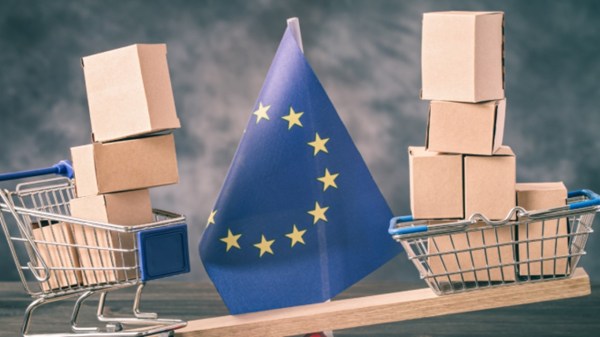Telefónica Public Policy & Telefónica España Regulatory teams
 Today ICTs are fundamental for education and, ultimately, for the development of our children and youth. Hence the importance we attach to fostering an environment where minors can use these tools safely. One of the underlying objectives of Telefónica’s corporate responsibility is that the elderly, youth and children are able to make the most of the possibilities offered by a digital life while avoiding any misuse.
Today ICTs are fundamental for education and, ultimately, for the development of our children and youth. Hence the importance we attach to fostering an environment where minors can use these tools safely. One of the underlying objectives of Telefónica’s corporate responsibility is that the elderly, youth and children are able to make the most of the possibilities offered by a digital life while avoiding any misuse.
In this respect, at Telefónica, we voluntarily impose internal standards upon ourselves and participate in industry self-regulatory agreements to provide reliable service to our customers. Part of our strategy, which we mentioned in the 2012 Sustainability Report, is the creation of partnerships.
In this post, I would like to highlight how important it is for the Internet and for children that business and government be united in the fight for Internet security. Specifically, I would like to review two recent initiatives, the CEO Coalition and the Coalition of ICT Companies.
Since December 2011, the CEO Coalition was founded as a way of achieving a better Internet for children, an initiative promoted by the European Commission Vice President, Neelie Kroes. We have worked hard together with the other members of the Coalition to promote activities designed to encourage better Internet use for children, working from five different but related areas: reporting tools for illegal and harmful content, privacy by default, classification of content, parental control and eliminating any online content abusive to minors.
In this context, the collaboration of the industry, in addition to deepening relations between the different companies and organizations and strengthening the Security Forces and Bodies of the State, has facilitated the search for solutions that require involvement of the various parts of the value chain. It has strengthened projects and good practices that are already underway and has enhanced innovation in new products and services for a safer environment involving Internet use from all platforms available for different types of Internet access.
Likewise, in January 2012, about 30 companies in the ICT sector announced the launch of the Coalition of ICT Companies to promote proper use of ICTs by children and adolescents.
These ICT principles are backed by companies from all areas of industry, i.e. from network operators to equipment manufacturers, to content providers, search engines, etc. and are based on a number of key issues such as Internet content, parental control, managing abuse or improper use, child pornography content, privacy control, and also include education and awareness.
The main difference of this new initiative is that it offers a long-term agenda ensuring stable development and covers all aspects of Internet access and use and emphasizes the need for education and training in the proper use of tools to avoid those risks associated with misuse. It ranges from developing innovative methods, involving parents and guardians, providing clear information, and being transparent and accessible to simply raising awareness among Internet users about how to report any abuse. These are just a few of the initial challenges that have been raised.
Children are our future, i.e. a future that is increasingly digital. At Telefónica, we believe in and encourage Internet safety so that young people know how to use ICTs responsibly so that they derive greater enjoyment and more quality from the Internet with each passing day.
You can read the original article in Spanish in the Sustainability and CR Blog of Telefónica.









